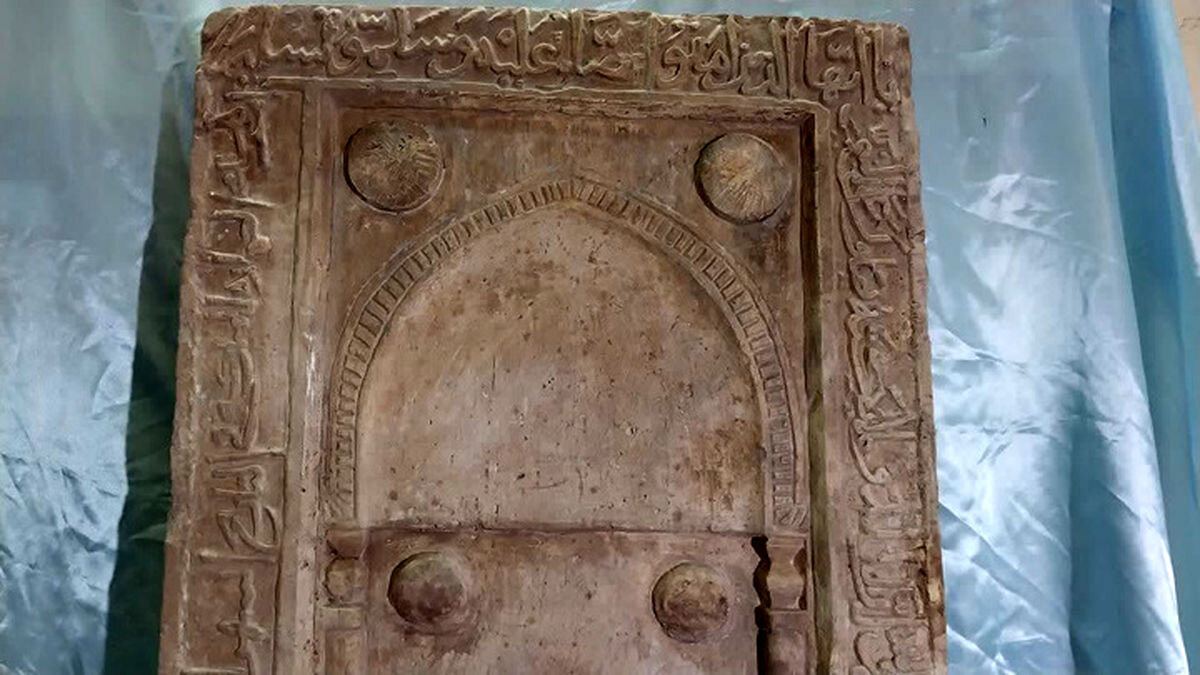Restorers unearth ancient mosque inscription in southern Iran

TEHRAN – A team of cultural heritage restorers has found a centuries-old stone inscription in southern Iran.
The discovery was made when the team was working on Fasa Jameh Mosque, located in the province of Fars.
“Based on archaeological assessments, the stone inscription dates from the Ilkhanid era,” a local official said on Wednesday.
Moreover, available evidence suggests the inscription belonged to the mosque’s mihrab, which is a semicircular niche in the wall of a mosque that points out the directions of the qibla, the official said.
The Ilkhanid dynasty, also called Il-Khanid, was a Mongol dynasty that ruled Iran from 1256 to 1335. Il-Khan is Persian for "subordinate khan". The Il-Khanids consolidated their position in Iran and unified the region as a political and territorial entity after several centuries of fragmented rule by small dynasties. During the reign of the Il-Khanid Maumud Ghuzun (r. 1295-1304), the Il-Khanids lost all contact with the remaining Mongol chiefs in China. Mahmud Ghuzun himself embraced Sunni Islam, and his reign was a time of Iranian cultural renaissance in Iran, with scholars such as Rashid al-Din flourishing under his patronage. Ghazan's brother Oljeitu (r. 1304-16) converted to Shia Islam in 1310.
The terms “Jameh Mosque”, “Masjed-e Jameh” and “Friday Mosque” are used in Iran for a grand communal mosque where mandatory Friday prayers are performed: the phrase is used in other Muslim countries but only in Iran does it designate this purpose.
AFM
Leave a Comment